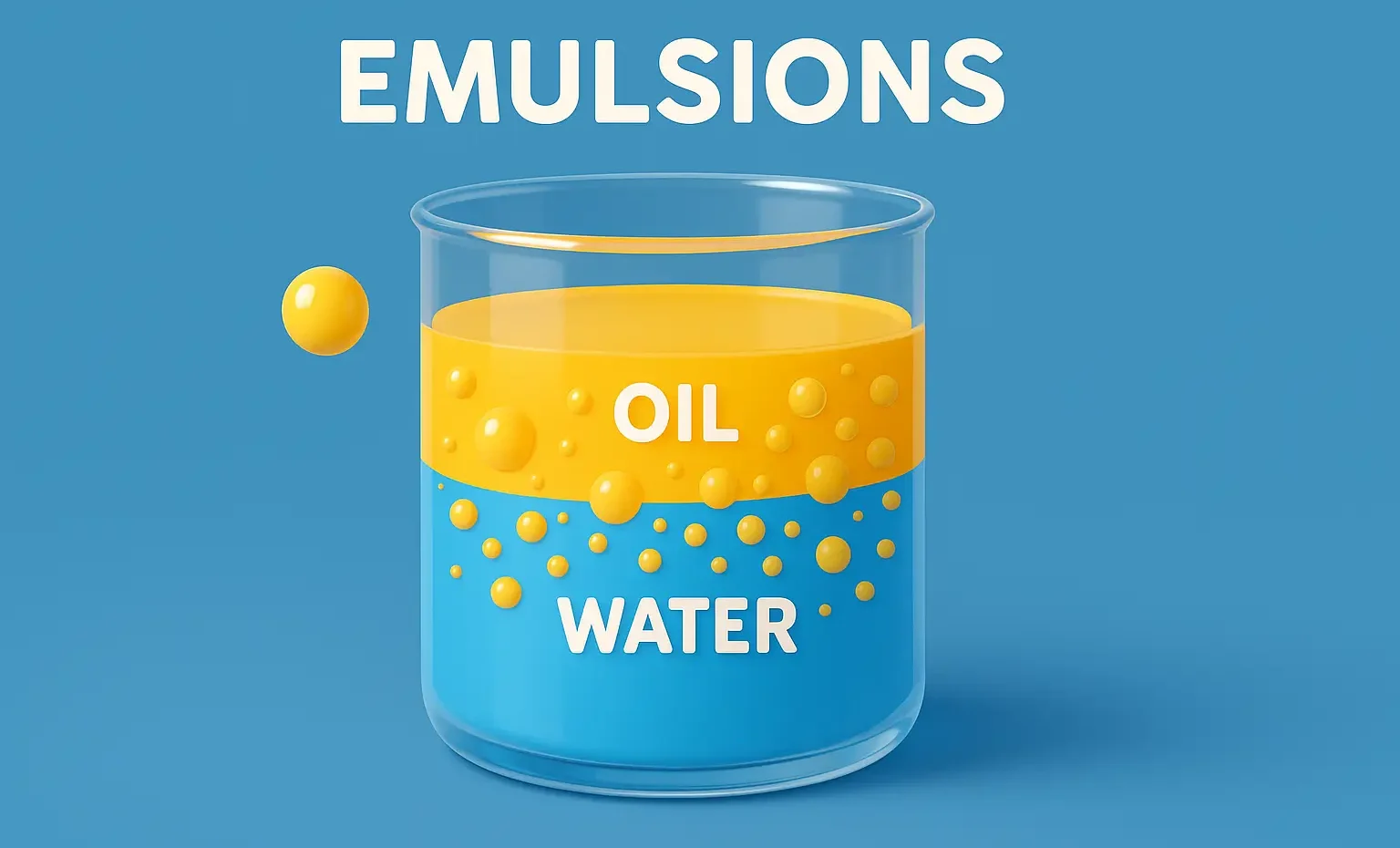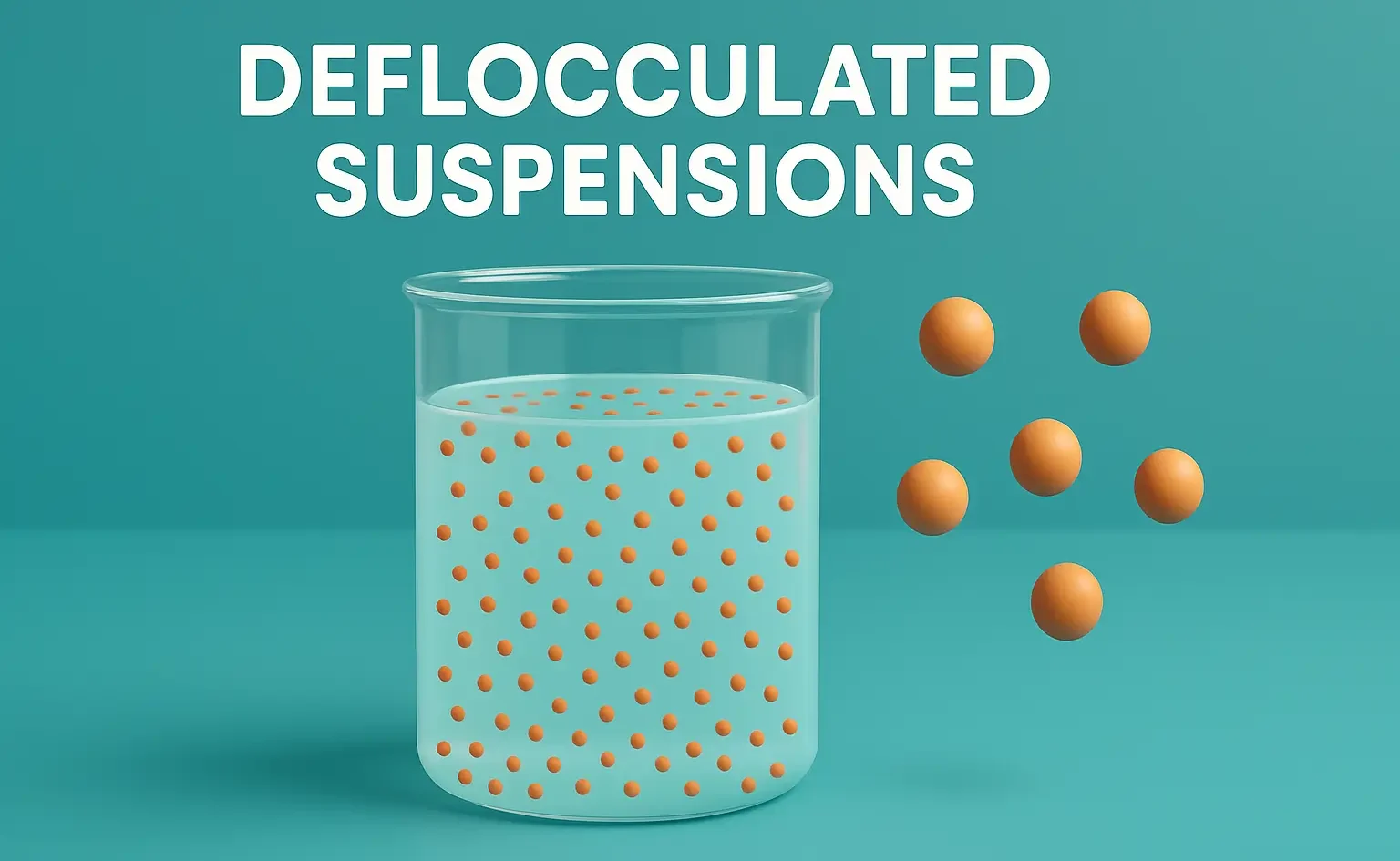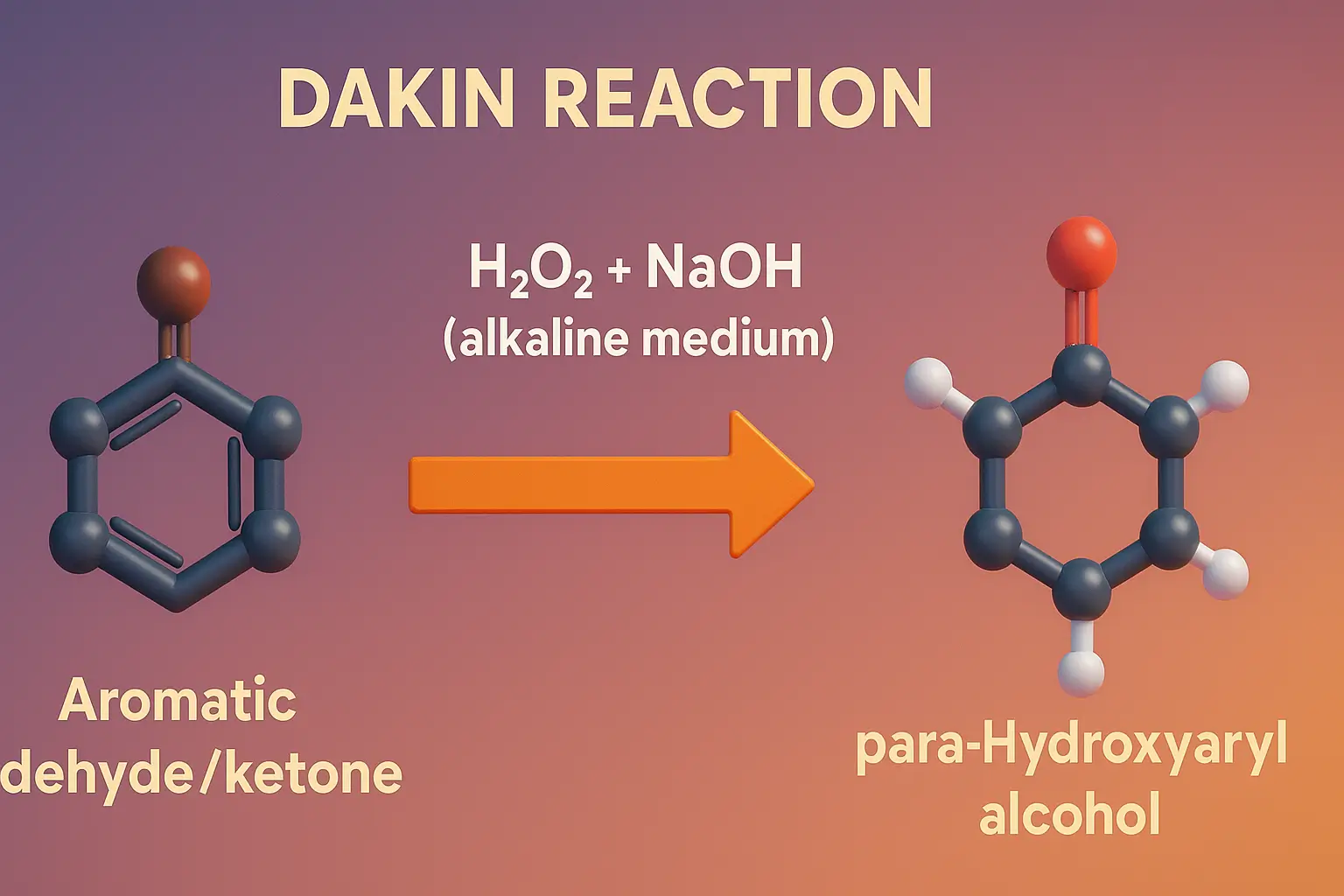Emulsions
Definition of Emulsions: An emulsion is a biphasic (two-phase) system consisting of two immiscible liquids, where one liquid (the dispersed phase) is finely dispersed in the form of droplets throughout the other (the continuous phase), stabilized by an emulsifying agent. Classification of Emulsions Emulsions can be classified into four types: Oil-in-Water (O/W) Emulsion: Oil droplets … Read more










